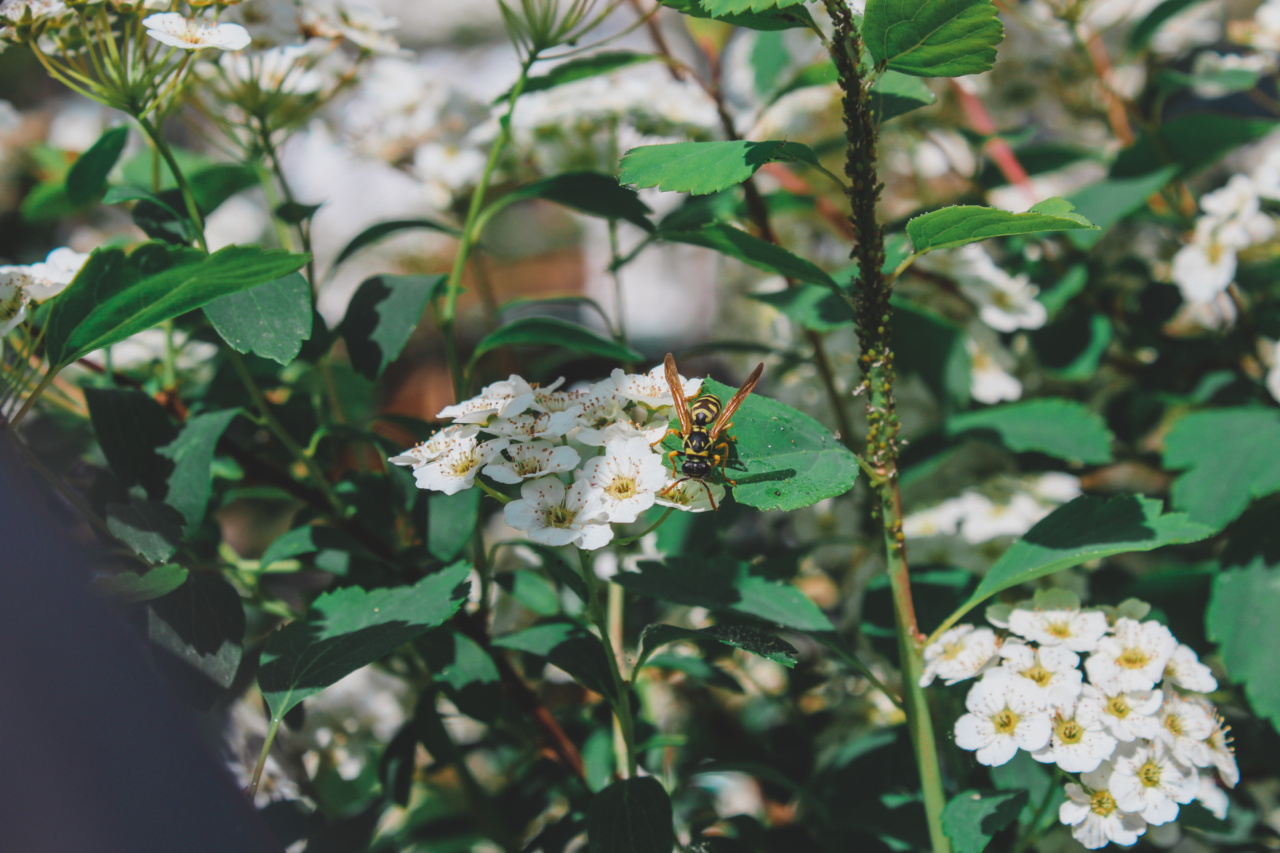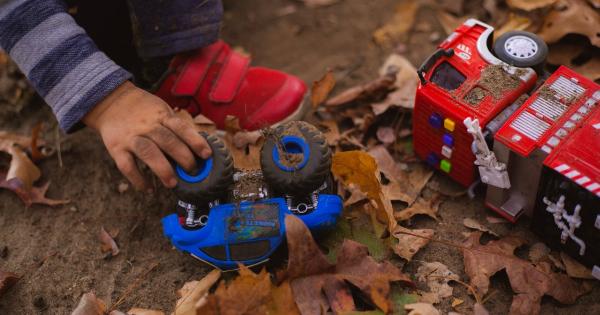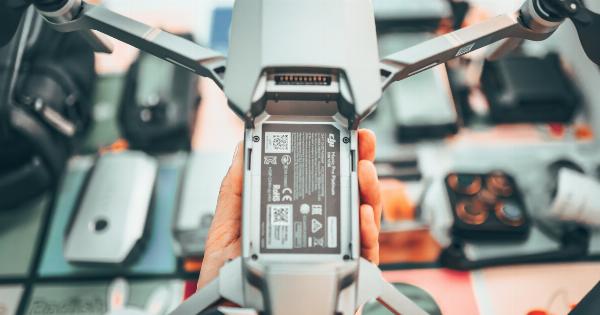When it comes to our homes, we often think of them as safe havens. However, lurking in the corners of our houses are numerous potential dangers, many of which are poisonous.
It’s essential to be aware of these risks and take precautionary measures to protect ourselves and our loved ones. In this article, we’ll explore 30 common poisons that might be lurking in your home, from everyday items to hidden hazards.
1. Cleaning Products
Cleaning products are a common source of household poisons. Many cleaning agents, such as bleach, drain cleaner, and toilet bowl cleaner, contain strong chemicals that can be harmful if ingested or inhaled.
Always use these products in well-ventilated areas and store them out of reach of children.
2. Medications
Prescription and over-the-counter medications may be necessary for our health, but they can also be dangerous if not used properly. Accidental overdose or ingestion by children can lead to serious complications.
Ensure medications are stored securely and disposed of safely when no longer needed.
3. Pesticides
Pesticides, used to eliminate pests like insects, rodents, or weeds, can be highly toxic. Be cautious when using pesticides indoors or outdoors, and always follow the instructions provided.
Keep these substances away from food storage areas and inaccessible to pets or children.
4. Lead
Many older homes contain lead-based paint, which can be hazardous, especially when it chips or deteriorates. Lead poisoning can lead to severe health issues, particularly in children.
If you suspect lead-based paint in your home, consult professionals for safe removal or encapsulation.
5. Carbon Monoxide
Carbon monoxide (CO) is an odorless, colorless gas that can be emitted by faulty furnaces, gas stoves, or fireplaces. Exposure to high levels of CO can lead to poisoning, causing symptoms such as headaches, dizziness, or even death.
Install CO detectors in your home and ensure proper ventilation.
6. Asbestos
Asbestos, once commonly used in construction materials, is now known to be a carcinogen. If your home was built before the 1980s, it may contain asbestos in insulation, flooring, or ceiling tiles.
Disturbing asbestos can release harmful fibers into the air, so seek professional assistance for inspection and removal.
7. Arsenic
Arsenic can be found in various products around the house, including wood preservatives, pesticides, and even some drinking water sources.
Exposure to arsenic can lead to serious health problems, so it’s important to test your drinking water and be cautious with treated wood products.
8. Household Plants
While plants are generally considered beneficial to our homes, some can be poisonous if ingested. Popular houseplants such as lilies, philodendrons, or peace lilies can be toxic to pets if chewed or consumed.
Ensure you research the toxicity of plants before bringing them into your home.
9. Bathroom Products
Many products we use daily in the bathroom, such as nail polish remover, hair dye, or even some air fresheners, can contain harmful chemicals. Be mindful of the ingredients in these products, use them in well-ventilated areas, and store them securely.
10. Rodenticides
When dealing with a rodent infestation, some homeowners turn to rodenticides. While effective at eliminating pests, these products are highly toxic and pose a risk to both humans and pets.
If using rodenticides, follow all safety instructions and keep them away from children and pets.
11. Antifreeze
Antifreeze, commonly used in vehicles, contains ethylene glycol, which is highly toxic if ingested. Accidental ingestion, particularly by pets, can lead to severe poisoning. Always store antifreeze properly and clean up any spills immediately.
12. Dishwasher Detergent Pods
Dishwasher detergent pods may seem harmless, but they can be dangerous if swallowed or even if they come into contact with eyes or skin. Keep these pods out of reach of children and be cautious when handling them.
13. Mothballs
Mothballs are often used to prevent clothing damage from moths or other pests. However, these small, potent balls contain chemicals that can be harmful if ingested or inhaled in large quantities. Use mothballs sparingly and store them securely.
14. Alcohol
While alcohol is a common household item, its misuse can lead to poisoning. Accidental ingestion, particularly by children, can have severe consequences.
Always store alcohol containers out of reach and educate family members about the dangers of alcohol consumption.
15. Paint and Solvents
Paint and solvents, such as paint thinner or turpentine, release volatile organic compounds (VOCs) that can be harmful if inhaled in large quantities. Ensure proper ventilation when using these products and store them securely.
16. Batteries
Batteries, especially those containing mercury, lead, or lithium, can be hazardous if mishandled or ingested. Keep batteries away from children, dispose of them properly, and avoid mixing different types of batteries together.
17. Insecticides
Insecticides are commonly used to eliminate pests, but they can be toxic if not used as directed. Follow the instructions carefully, use protective gear when necessary, and keep them away from children or pets.
18. Swimming Pool Chemicals
Common swimming pool chemicals, like chlorine or algaecides, can be harmful if mishandled. Always follow proper storage and usage guidelines, keeping them away from children or pets.
When swimming in pools, ensure the chemicals are balanced correctly to prevent skin or eye irritation.
19. Mercury Thermometers and Light Bulbs
Mercury, a highly toxic substance, was commonly found in old thermometers and some light bulbs. If a mercury-containing thermometer breaks, it is crucial to clean it up carefully and dispose of the materials correctly.
Consider replacing mercury-containing products with safer alternatives.
20. Tobacco and Secondhand Smoke
Tobacco products and secondhand smoke can expose people to harmful chemicals, leading to an increased risk of various health problems. If you smoke, consider quitting, and create smoke-free zones in your home to protect your family’s health.
21. Fertilizers
Fertilizers are commonly used to promote plant growth in gardens or lawns. However, improper use or ingestion can lead to poisoning. Store fertilizers in their original containers, away from children or pets, and always follow the instructions provided.
22. Prescription Pet Medications
Just like human medications, prescription pet medications should be handled with care. Ingesting the wrong medication or incorrect dosage can cause harm to both pets and humans.
Store pet medications securely and keep them separate from human medications.
23. Essential Oils
Aromatherapy and essential oils are becoming increasingly popular, but some essential oils can be toxic if ingested or used incorrectly. Research the appropriate uses and safe handling guidelines for each essential oil before use.
24. Hydrogen Peroxide
Hydrogen peroxide, often used as a disinfectant or wound cleanser, can cause harm if ingested or misused. Keep it securely stored away from children and always follow the instructions for proper usage.
25. Metal Polish
Metal polish products can contain harmful chemicals like ammonia or acid that can cause skin, eye, or respiratory irritation. Use metal polish products in a well-ventilated area, wear protective gloves, and store them securely.
26. Air Fresheners
Air fresheners, including sprays, plugins, or scented candles, may contain chemicals that can be harmful if inhaled or ingested. Opt for natural alternatives or ensure proper ventilation when using such products.
27. Paint Remover
Paint removers or paint strippers often contain chemicals like methylene chloride, which can be toxic if inhaled or absorbed through the skin. Use these products in well-ventilated areas and wear appropriate protective gear.
28. Firewood
Firewood that contains toxic substances like lead-treated or pressure-treated wood can release harmful chemicals when burned. Choose firewood sources carefully and avoid using chemically treated wood.
29. Hot Water
While hot water itself is not poisonous, extremely hot water can cause severe burns, especially in young children or the elderly. Set your hot water heater to a safe temperature (around 120°F or 49°C) to prevent accidental burns.
30. All-Purpose Adhesives
All-purpose adhesives, used for various purposes like DIY repairs or crafts, can contain toxic substances. Always use these adhesives in a well-ventilated area and away from children or pets.






























